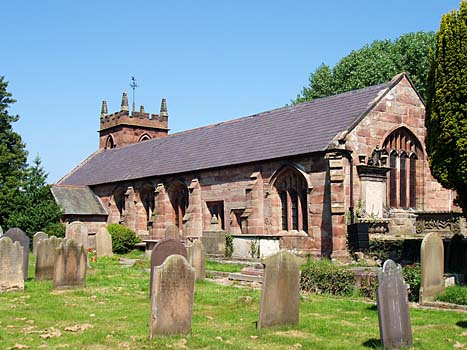 |
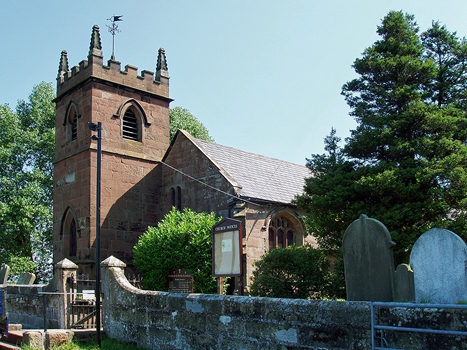 |
|
| St. Peter's, Plemstall, 2005 | View from the South West, 2005 | |
 |
 |
|
| St. Peter's, 2010 | Door on south side, 2010 | |
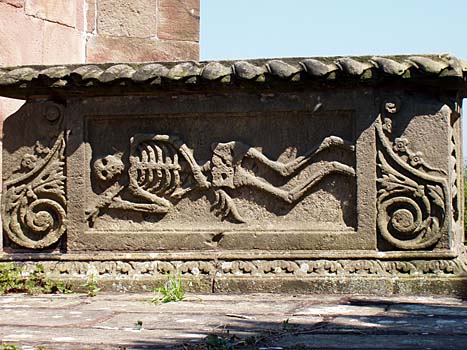 |
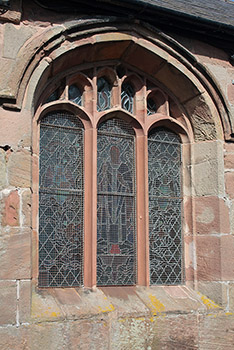 |
|
| Hurlestone tomb near east wall | Window at west end of south side | |
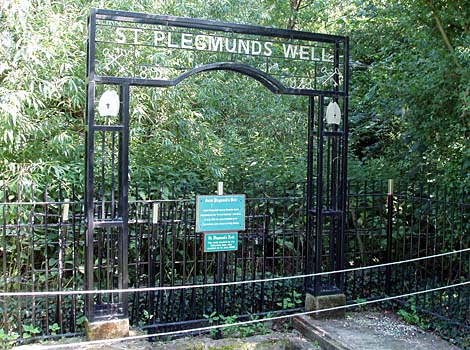 |
 |
|
| St. Plegmund's Well | Sundial |
 |
 |
|
| St. Peter's, Plemstall, 2005 | View from the South West, 2005 | |
 |
 |
|
| St. Peter's, 2010 | Door on south side, 2010 | |
 |
 |
|
| Hurlestone tomb near east wall | Window at west end of south side | |
 |
 |
|
| St. Plegmund's Well | Sundial |
This is believed to be the site on which the Saxon hermit Plegmund lived. Later he he became a teacher of Alfred the Great and Archbishop of Canterbury. Another of Alfred's teachers was Asser who later wrote a biography of him. Plegmund visited Rome twice. One of the copies of the Anglo Saxon Chronicle is called the Plegmund edition. It was written at the time Plegmund was Archbishop. Plegmund is believed to have crowned Alfred's son Edward. He died in 914.
Most of the church was rebuilt in the 15th century but the tower was built in 1826. The church was closed when I called but Arthur Mee, writing in 1938, recorded that the church had box pews with linen fold panelling and a two-decker pulpit with a sounding board. Raymond Richards book has photographs of the nave showing the the mediaeval hammer beam roof and ornate carved screen. There is a canopied box pew for churchwardens dated 1697. The parish registers begin in 1558 and the ministers are known back to 1291 when Robert de Thorp was the incumbent.
Old Cheshire Churches, with a supplementary survey of the lesser old chapels of Cheshire, completely revised and enlarged by Raymond Richards, first published in 1947 and reprinted by E. J. Morten, Didsbury, 1973.
The King's England, Cheshire, by Arthur Mee, published by Hodder and Stoughton, London, 1938, fourth impression, 1950.